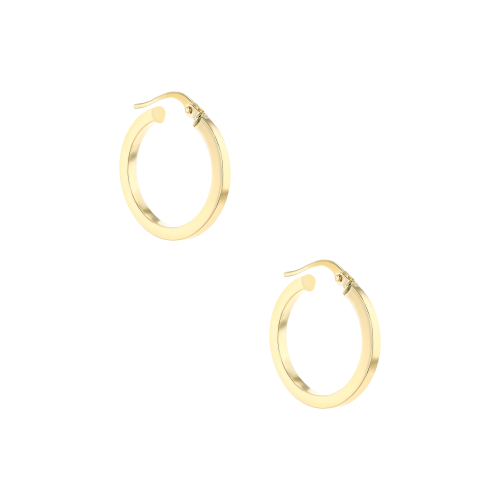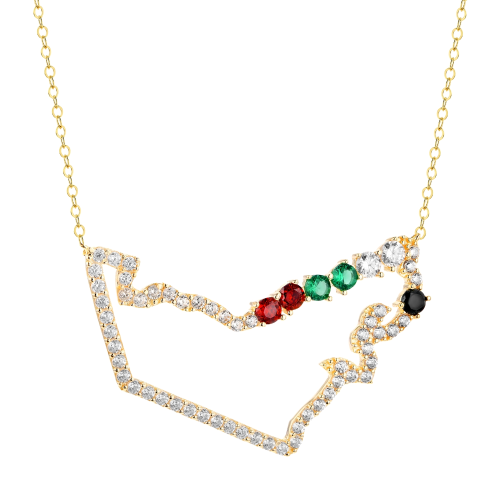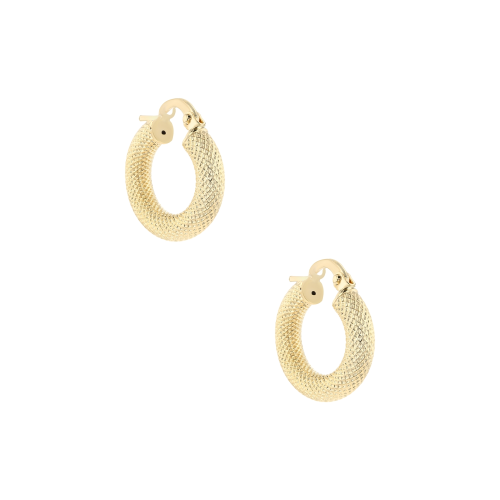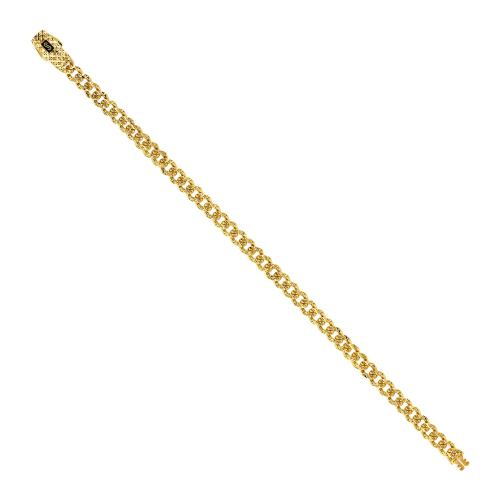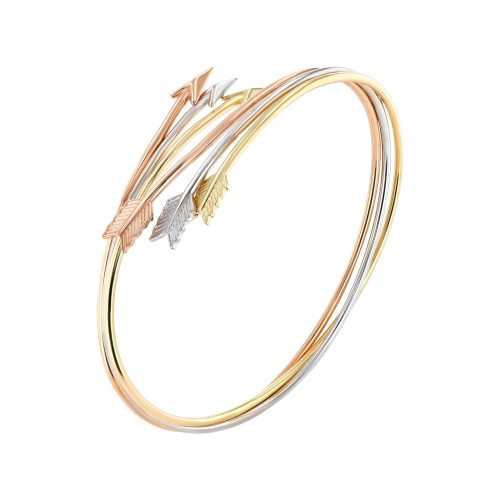Discovery Of Gold And The Age Of Smithing
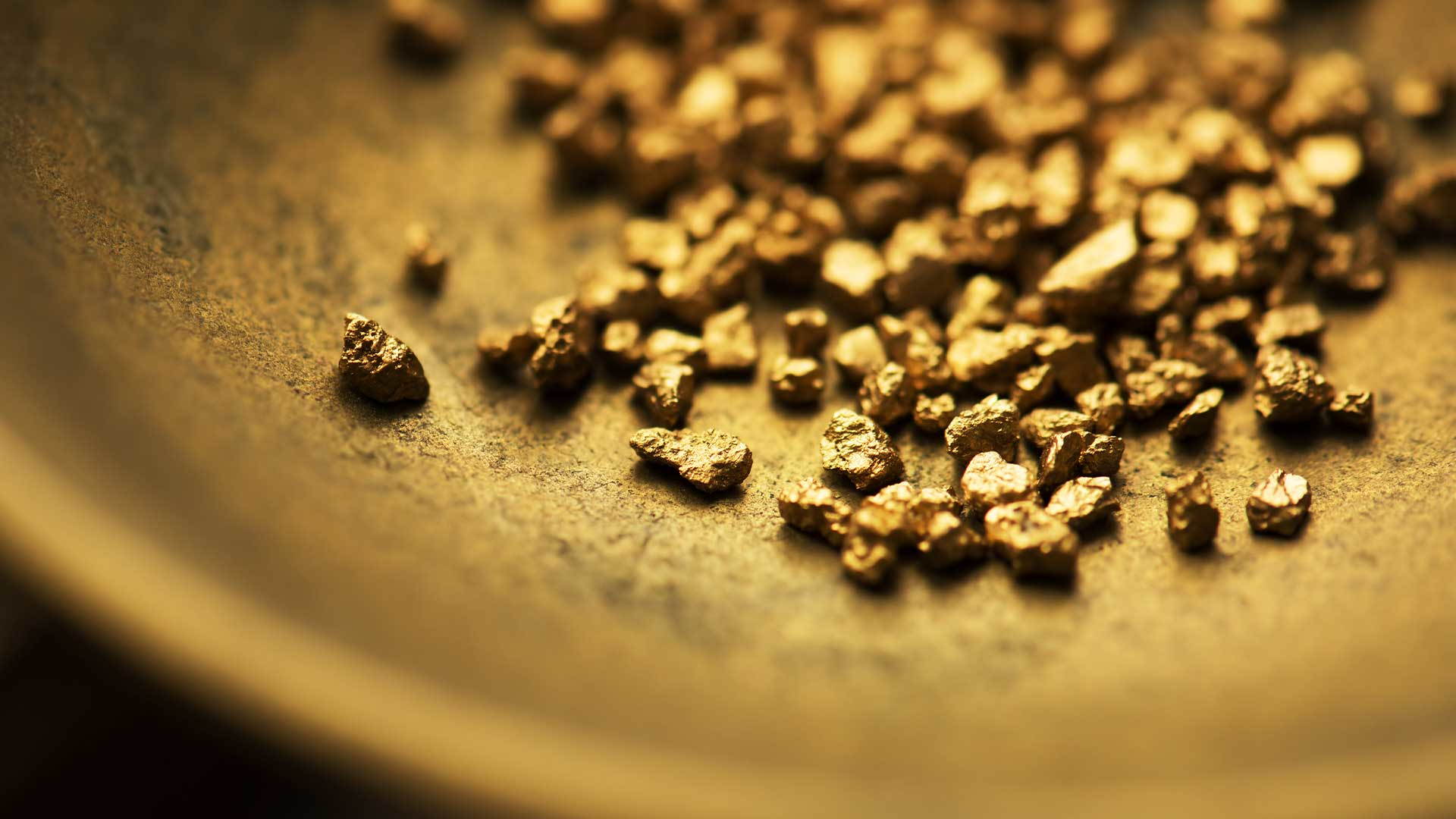
Because gold has a longer history than writing or pottery, it is impossible to pinpoint who is responsible for its discovery. Several societies and faiths began to build mythologies about gold's origins as early as the 5th century BC. In Greek mythology, Khrysos was impervious to rust and moths but could silently devour the minds of men whose thoughts he occupied.
The ancient origins of gold have been the subject of heated discussion. Although it is unknown whether ancient civilisation is to blame for its elevated status in current culture, most historians agree that late hominids discovered gold in shallow streams first.
People possessed gold in its original state before smelting and metallurgy: as bulky yellow nuggets. Even though they couldn't use gold as gold sets, earrings, necklaces, bracelets, rings, armament, or currency, everyone was charmed with its brilliance and gleam. Because pure gold is exceedingly resistant to tarnishing and ageing, the majority of gold from the prehistoric age has survived to this day, and maybe found in your smartphones, computer chips, and watches.
Before the first governments and economies arose, gold was found in various parts of the world, and many different tribes began to use and sell it. Gold was considered by the Inca, the first inhabitants of South America, like tears from the sun. When the Spanish conquistadors arrived in the 1500s, they began to stockpile gold between the Amazon River and the Andes mountain range, knowing that gold was what the colonists were looking for.
Even before the introduction of cash, humanity regarded gold as a valuable commodity. Copper and iron were first used to make tools tens of thousands of years ago, but gold is the earliest metal that can be formed without the use of fire, hammer, or mould. Most metals, including iron, copper, and most others, are found as ore-bodies that require time and energy to smelt.
Gold is the most malleable metal on the planet because it occurs in a naturally malleable state. Humans learned that they could mix two or three metals to make a single tool, which increased its utility by a factor of two.
The limited gold that governments and trading enterprises could extract became gods, sanctuaries, and holy things in ancient times.
The old world's kings began fighting multi-year warfare that decimated villages and towns as gold became more valued and widespread. Prisoners of war, criminals, and slaves were all sent to dig for gold in gold mines. Gold was the key enabler of these nations to push further and harder against one another. These ancient battles were not always about wealth; most of the time, they were about religion and land.
Gold established a permanent presence in world coinage as engineers perfected metallurgical procedures. Ancient Egyptian goldsmiths created the shekel, which was made up of one-third silver and two-thirds gold. In the Middle East, it became the fundamental unit of monetary measurement.

Our Promise
Fast shipping
Receive your jewelry in maximum 3 days.
Return guaranteed
Requesting a return is quick and easy.
Ethical Sourcing
Ethically Sourced Materials
Payments
Buy in the most convenient way for you.
